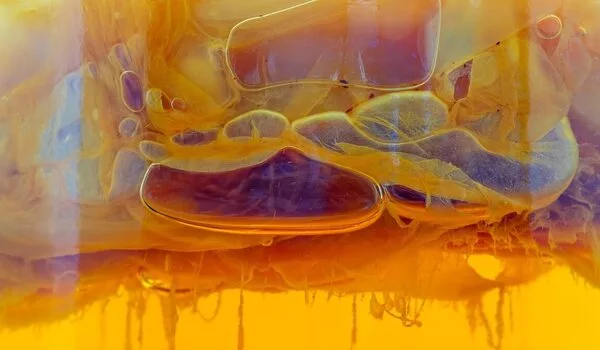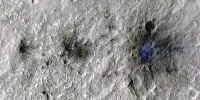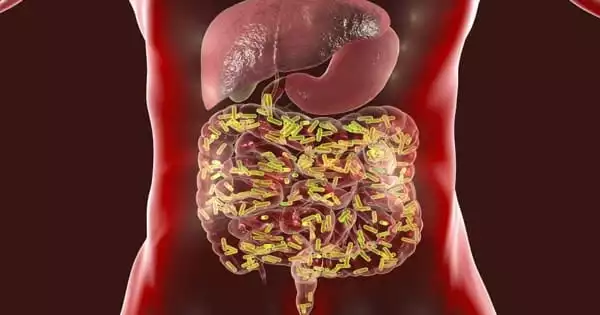An international research team led by the University of Göttingen investigated the chances of kombucha cultures surviving in Mars-like conditions. Kombucha is a drink, also known as tea fungus or mushroom tea, that is made by fermenting sugared tea with kombucha cultures, which are a symbiotic culture of bacteria and yeast. Despite the fact that the kombucha cultures’ microbial ecology was destroyed by the simulated Martian environment, a cellulose-producing bacterial species survived. The findings were published in the journal Frontiers in Microbiology.
According to a new study published in Frontiers in Microbiology, when Kombucha cultures were blasted into space and sent to the International Space Station (ISS), it wasn’t so health-conscious astronauts could make a refreshing drink.
With the help of the European Space Agency, scientists from the “Biology and Mars Experiment” (BIOMEX) project had already sent kombucha cultures to the International Space Station (ISS) in 2014. The goal was to learn more about the robustness of cellulose as a biomarker, the genomic architecture of kombucha, and its survival behavior under extraterrestrial conditions. After one and a half years of simulated Martian conditions outside the ISS, the samples were reactivated on Earth and cultivated for another two and a half years.
Based on our metagenomic analysis, we discovered that the simulated Martian environment severely disrupted the microbial ecology of kombucha cultures. However, we were surprised to find that the cellulose-producing bacteria of the genus Komagataeibacter survived.
Professor Bertram Brenig
Professor Bertram Brenig of the University of Göttingen’s Institute of Veterinary Medicine was in charge of the sequencing and bioinformatic analysis of the metagenomes of the reactivated cultures and individual kombucha cultures in collaboration with researchers from the University of Minas Gerais in Brazil. “Based on our metagenomic analysis, we discovered that the simulated Martian environment severely disrupted the microbial ecology of kombucha cultures. However, we were surprised to find that the cellulose-producing bacteria of the genus Komagataeibacter survived.”
The results suggest that the cellulose produced by the bacteria is probably responsible for their survival in extraterrestrial conditions. This also provides the first evidence that bacterial cellulose could be a biomarker for extraterrestrial life and cellulose-based membranes or films could be a good biomaterial for protecting life and producing consumer goods in extraterrestrial settlements.

Different microbes in the Kombucha culture play different roles, as they do in any symbiotic community. The bacteria Komagataeibacter oboediens produces cellulose, which is best known for forming plant cell walls and the majority of cotton fiber.
Whereas other members of the community died after being exposed to space radiation and an almost pure CO2 atmosphere, Komagataeibacter survived and was able to produce more cellulose after being returned to a more inviting environment. Furthermore, when it returned to Earth, its genome was very similar to the so-called ground sample in most ways.
Another intriguing aspect of these experiments could be the development of novel drug delivery systems, for example, for the development of medicine suitable for use in space. Another focus was on antibiotic resistance studies: the research team was able to show that the total number of antibiotic and metal resistance genes was enriched in the exposed cultures, implying that these microorganisms could survive despite antibiotics or metals in the environment. “This result indicates that the challenges associated with antibiotic resistance in space medicine should be given special attention in the future,” the scientists said.
Kombucha has previously been investigated as a potential probiotic drink for astronauts on long space journeys; however, its potential for cellulose production is far more significant.
To the biofilm, cellulose serves as a barrier against competing microbes as well as protection from oxygen diffusion and ultraviolet radiation. The authors believe K. oboediens survived because of its cellulose shield. To Mars colonists, cellulose represents an opportunity to create fibers for clothing, paper, and other products, as well as to protect nitrogen-fixing organisms, which are critical to making Martian soils suitable for growing food.
This also suggests that extraterrestrial life in harsh environments may have discovered a similar trick. Look for the presence of cellulose to indicate life in searches for pre-existing life on Mars or other worlds with little atmosphere. However, there is one drawback to the results. Antibiotic resistance genes were increased in the space-traveling bacteria, posing an additional risk for future voyages.
















